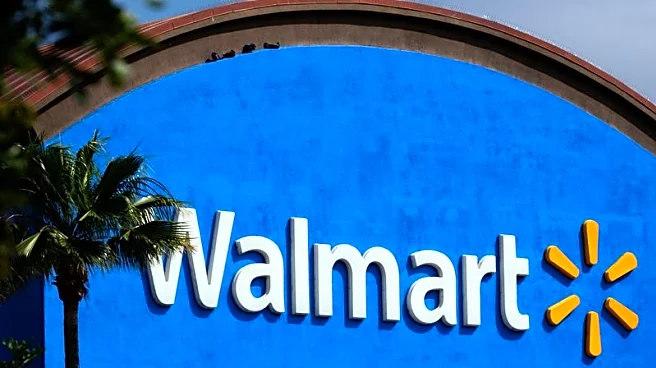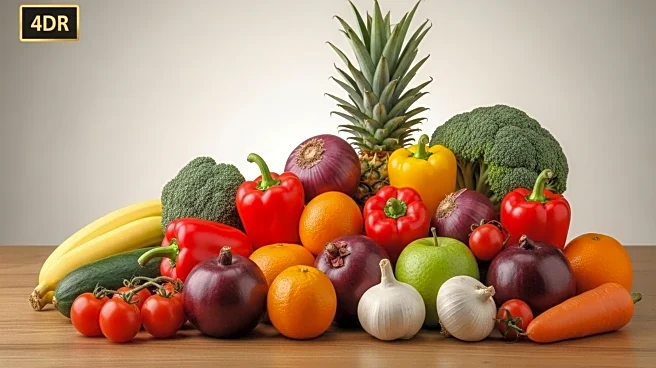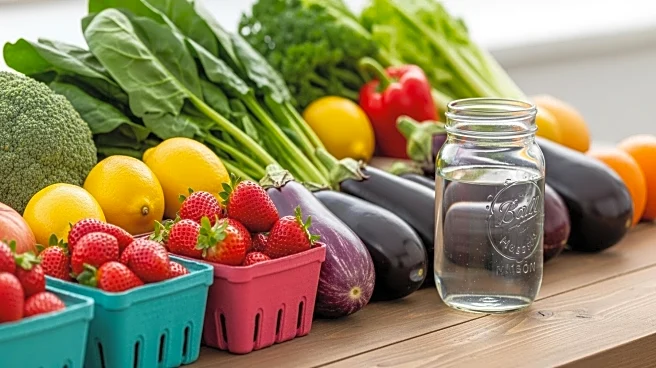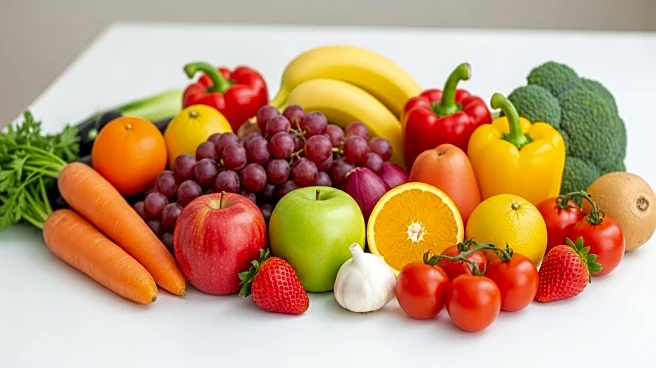What's Happening?
PepsiCo is undertaking a significant transition to replace synthetic dyes in its products with natural alternatives. This move comes as U.S. consumers increasingly reject artificial colors. Currently, about 40% of PepsiCo's U.S. products contain synthetic dyes. The company is exploring natural ingredients like paprika and turmeric for products such as Flamin’ Hot Cheetos, and purple sweet potatoes for beverages like Mountain Dew. The transition is expected to be a multi-year process, involving extensive testing and approval from the U.S. Food and Drug Administration (FDA). PepsiCo aims to ensure that the new natural dyes do not alter the taste or shelf life of their products.
Why It's Important?
The shift to natural dyes reflects a broader consumer trend towards healthier and more transparent food ingredients. This change could significantly impact the food and beverage industry, as companies may need to invest in research and development to find suitable natural alternatives. The move also aligns with regulatory trends, as the FDA has been expediting the approval of natural additives and has banned certain synthetic dyes. For PepsiCo, this transition is crucial to maintaining consumer trust and market competitiveness, as more consumers express concerns over artificial ingredients.
What's Next?
PepsiCo plans to introduce naturally dyed versions of Tostitos and Lay’s chips later this year, with naturally dyed dips following early next year. The company will continue to test and refine its products to ensure consumer satisfaction. As the FDA continues to approve new natural color additives, PepsiCo and other companies may have more options to replace synthetic dyes. The industry will likely see increased collaboration with regulatory bodies to meet consumer demands for natural ingredients.
Beyond the Headlines
The move towards natural dyes also raises questions about the cost implications for consumers and manufacturers. Natural dyes can be more expensive, potentially leading to higher product prices. Additionally, the transition may require changes in manufacturing processes and packaging, further impacting costs. However, the long-term benefits of aligning with consumer preferences and regulatory standards may outweigh these challenges.












